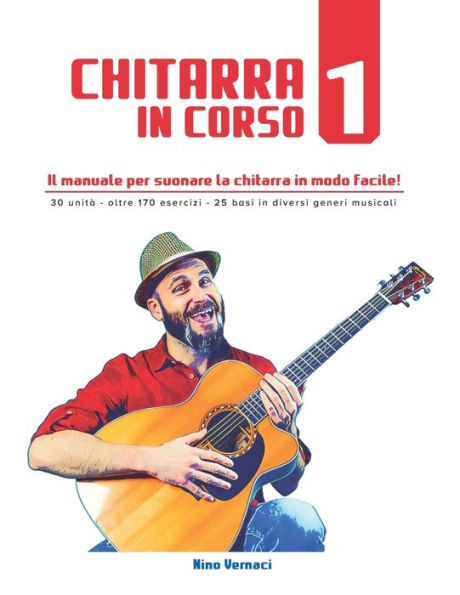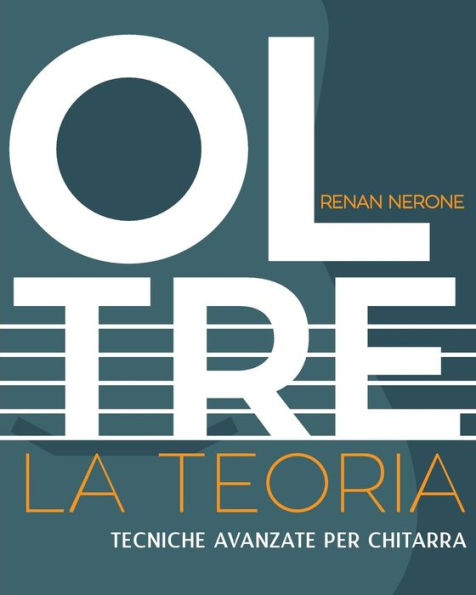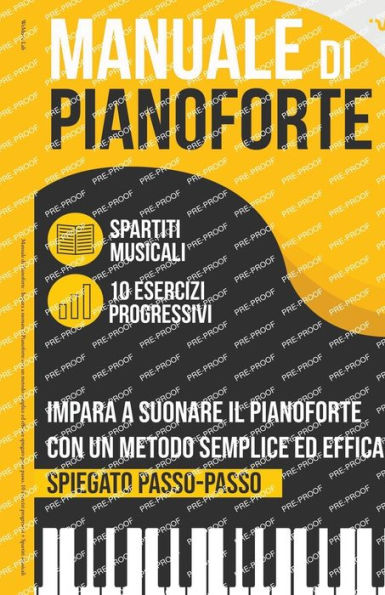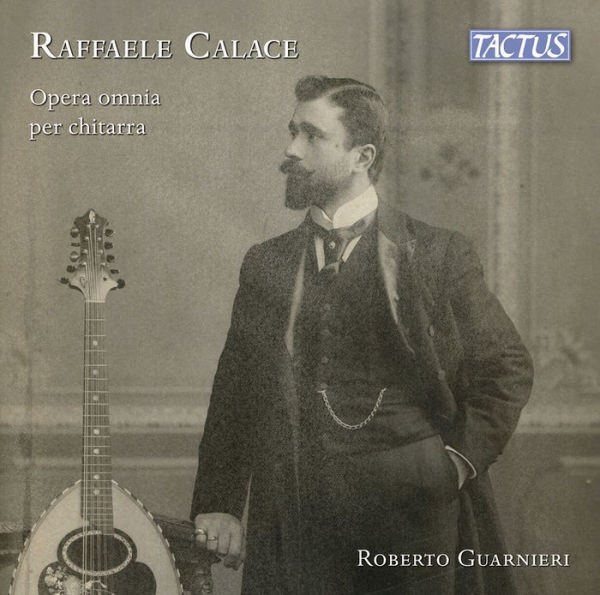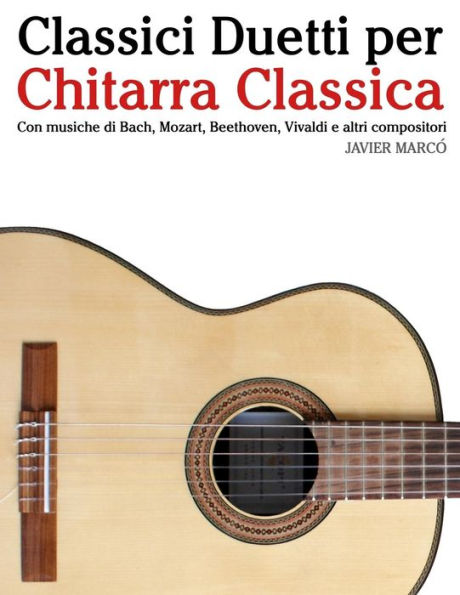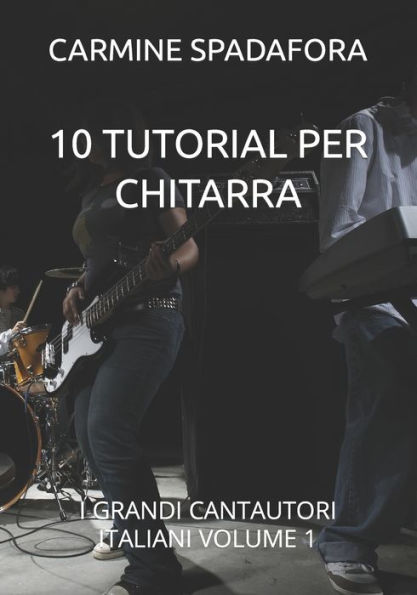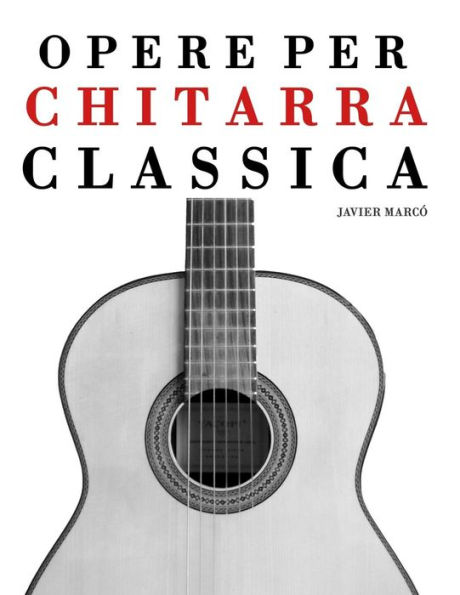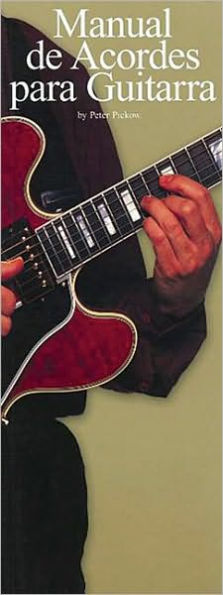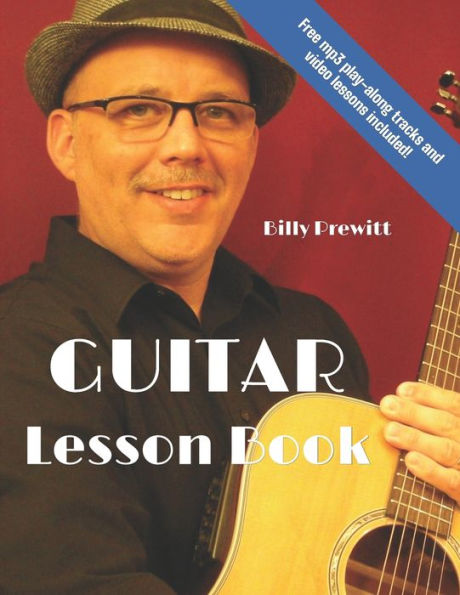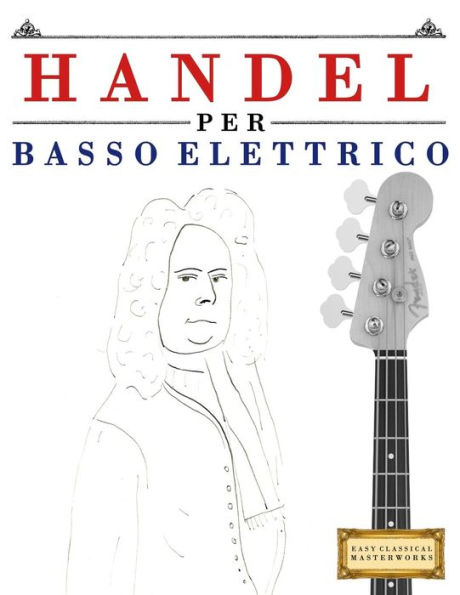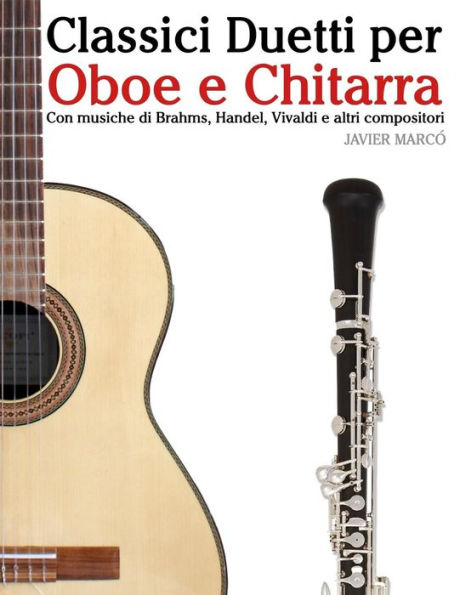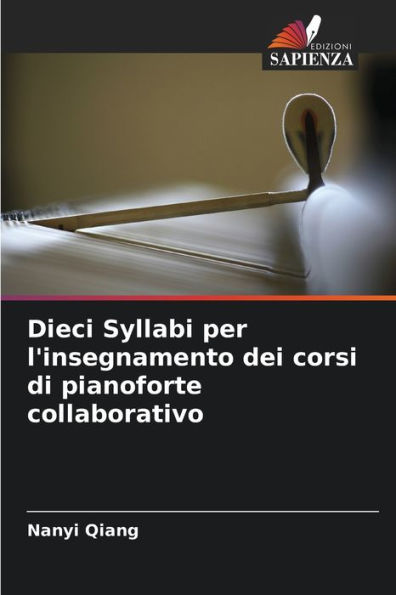Home
Ottocento Manuale Pratico per lo Studio della Chitarra


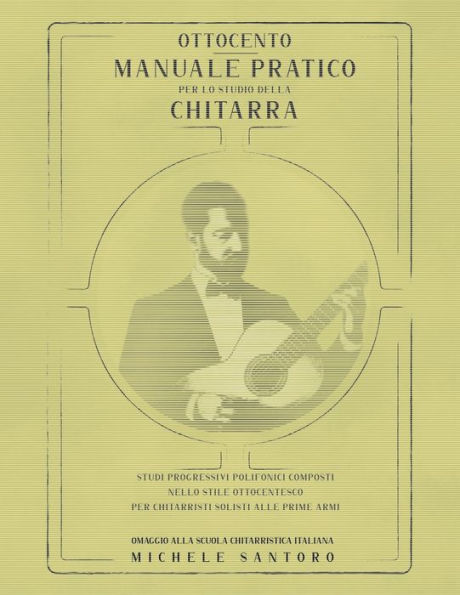
Ottocento Manuale Pratico per lo Studio della Chitarra
Current price: $20.00
Loading Inventory...
Size: OS
Questo libro nella prima parte mira al raggiungimento e al riconoscimento delle principali posizioni accordali ed arpeggiali della prima posizione della chitarra. All'utilizzo del pollice della mano destra e alle principali tecniche e formule di accompagnamento.
Avanzando con gli studi, l'allievo si cimenterà con il riconoscimento e la memorizzazione di alcune note prese in altri punti della tastiera e su anche altre corde, peculiarità della chitarra. Prenderà confidenza e comprenderà i benefici del lavoro a posizioni e quanto sia importante utilizzare un portamento facendo scivolare il dito o le dita sulle corde senza ottenere l'effetto del glissato. Per lo studio dei legati ascendenti e discendenti non ho voluto creare esercizi di tecnica meccanica, noiosi per i studenti, ma bensì dei piccoli studietti che prevedono al loro interno dei frammenti melodici di tecnica meccanica.
Pensato e composto sia per allievi che hanno già una certa padronanza con il riconoscimento delle note, dal pentagramma alla tastiera della chitarra e sia per allievi che dopo anni decidono di riprendere lo studio della chitarra, riavvicinandosi alla tecnica chitarristica e alla lettura polifonica del nostro strumento, che avviene ricordo, su un unico pentagramma del quale ne parlo nel corso degli studi polifonici.
Questo mio lavoro prepara l'allievo ad affrontare con serenità e preparazione la raccolta degli studi scelti per chitarra di Carulli e Giuliani per poi proseguire con quelli di Carcassi, Sor e Aguado.
Questo metodo non vuole sostituire i metodi o i trattati del 1800 per chitarra, anzi richiama la scuola chitarristica italiana, quella seria, quella che ha permesso di farci conoscere al mondo intero e che ha elevato la chitarra.
The first part of this book aims to achieve and recognise the central chordal and arpeggio positions of the first guitar position, the use of the thumb of the right hand, and the main accompaniment techniques and formulas.
Advancing with the studies, the student will try to recognise and memorise some notes taken at other keyboard points and on different strings, peculiarities of the guitar. He will become familiar with and understand the benefits of working in positions and how important it is to use a portamento by sliding the finger or fingers over the strings without getting the glissato effect. For the study of ascending and descending beats, I did not want to create mechanical technique exercises, which would be boring for students, but relatively small studies that include melodic fragments of automatic technique.
I conceived and composed this book for students who already have a certain mastery of recognising notes, from the stave to the guitar fretboard. But also for students who, after years, decide to resume the guitar study, approaching again the guitar technique and the polyphonic reading of our instrument, which takes place, I remember, on a single stave of which I speak in the course of polyphonic studies.
This work prepares the student to face with serenity and competency the collection of selected studies for guitar by Carulli and Giuliani and then continue with those of Carcassi, Sor and Aguado.
This method doesn't intend to replace the methods or treatises of the 1800s for the guitar. On the contrary, it recalls the Italian guitar school, the serious one, which has allowed us to become known throughout the world and has elevated the guitar.
